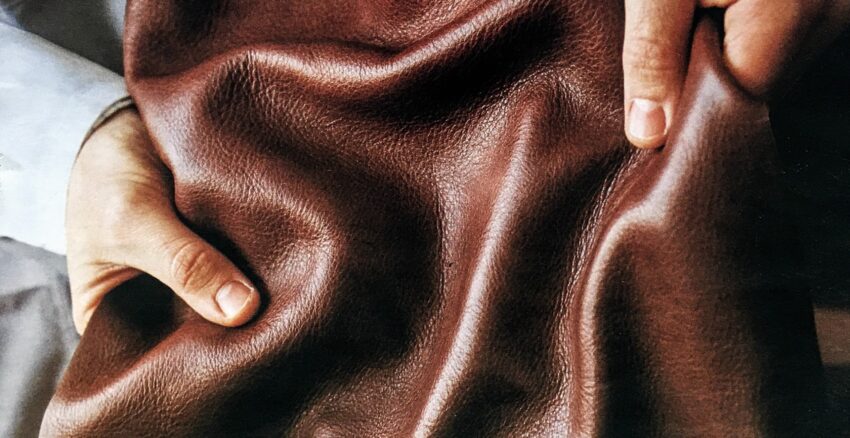Introduction
In recent years, the fashion industry has been exploring new avenues for sustainable and eco-friendly materials. One such innovation that has caught the attention of designers and environmentalists alike is “protein leather.” Derived from natural proteins, this cutting-edge material offers a cruelty-free alternative to traditional leather while reducing the industry’s ecological footprint. In this article, we will delve into the world of protein leather, its production process, its environmental impact, and its potential to revolutionize the fashion world.
1. Understanding Protein Leather
Protein leather, also known as “bio-leather” or “vegan leather,” is a synthetic material that replicates the luxurious look and feel of genuine leather. Unlike traditional leather, which is sourced from animal hides, protein leather is made from proteins derived from plant-based sources or bioengineered in laboratories.
2. The Production Process
2.1. Plant-Based Protein Leather
Plant-based protein leather is crafted using proteins obtained from abundant plant sources such as mushrooms, coconut, and legumes. These proteins are extracted, processed, and then combined to form a durable and versatile material.
2.2. Lab-Grown Protein Leather
Lab-grown protein leather, on the other hand, involves advanced biotechnology processes. Scientists culture animal collagen or yeast-based proteins in a lab environment, creating a sustainable alternative to animal leather.
3. Advantages of Protein Leather
3.1. Cruelty-Free and Ethical
One of the most significant advantages of protein leather is its cruelty-free nature. As it does not require animal exploitation, it aligns with the principles of ethical and compassionate fashion.
3.2. Sustainable and Eco-Friendly
Protein leather has a lower carbon footprint compared to traditional leather. By utilizing plant-based sources and reducing the need for livestock farming, this innovative material helps conserve natural resources and decrease greenhouse gas emissions.
3.3. Versatility in Design
Fashion designers appreciate the versatility of protein leather. It can be dyed in various colors, embossed with textures, and tailored into different shapes, making it suitable for a wide range of fashion applications.
3.4. Biodegradability
Certain forms of protein leather are biodegradable, offering a solution to the growing problem of synthetic microfiber pollution caused by traditional leather alternatives.
4. Environmental Impact
4.1. Reduced Deforestation
As protein leather relies on plant-based proteins, it reduces the demand for grazing land and lowers the risk of deforestation associated with cattle farming.
4.2. Water Conservation
The production of traditional leather is water-intensive, whereas protein leather requires considerably less water, making it a more sustainable option in regions facing water scarcity.
4.3. Decreased Chemical Usage
Tanning, a crucial process in leather production, involves the use of harmful chemicals. Protein leather, however, eliminates the need for tanning, minimizing chemical usage and pollution.
5. The Future of Fashion with Protein Leather
Protein leather is gaining traction among consumers who are seeking eco-friendly and cruelty-free products. As technology advances and more research is conducted, it is likely that the fashion industry will see an increase in protein leather applications in clothing, accessories, and footwear.
6. Conclusion
Protein leather represents a promising solution for the fashion industry’s sustainability challenges. By embracing this innovative material, designers, and consumers can contribute to a more ethical and environmentally conscious future of fashion.
FAQs
Q1: Is protein leather durable? Yes, protein leather is known for its durability and ability to withstand wear and tear.
Q2: Can protein leather be recycled? While some forms of protein leather are biodegradable, recycling methods are still being developed for certain variations.
Q3: Does protein leather cost more than traditional leather? Currently, protein leather products may be slightly more expensive due to production costs, but as technology advances, prices are expected to become more competitive.
Q4: Is protein leather suitable for luxury fashion brands? Absolutely! Protein leather’s versatility and luxurious appearance make it a viable option for high-end fashion houses.
Q5: Are there any allergenic concerns with protein leather? Protein leather is hypoallergenic, making it a safe choice for individuals with sensitive skin.


